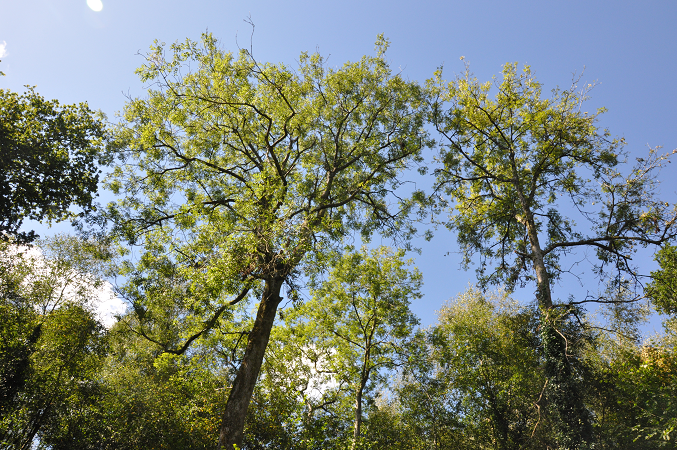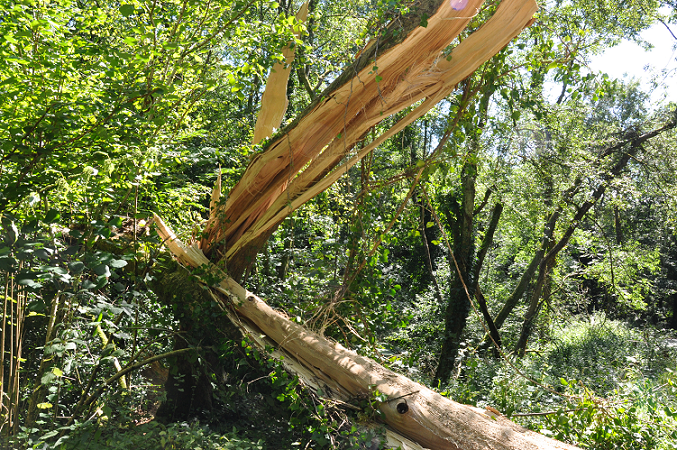How to Manage Ash Dieback Disease in your Trees
15 October 2020Ash dieback disease (often referred to as ‘Chalara’) is caused by fungal spores that can be carried on the wind, spreading the infection between trees.
It has been present in Scotland for at least eight years but this summer reports from around the country indicate an increase in the impact of the disease, particularly on older ash trees. This disease, and secondary infections from root-rotting fungi, can cause all types of ash trees to become brittle, shed large branches and, in some cases, collapse.
Landowners and managers are being particularly urged to check if they have any ash trees on their property that are within falling distance of a road, path, railway, buildings, utility networks (such as power-lines) or areas of high public access, and watch out for signs of ash dieback disease. Ash trees suffering from significant levels of ash dieback may need to be removed in situations where they could be hazardous to people.
Felling or pruning of ash trees with ash dieback should only be undertaken by fully trained professionals as such trees can be very unpredictable and cause extremely serious accidents.
- Symptoms of ash dieback disease in mature ash trees
- Ash dieback disease can cause ash trees to become brittle
Where ash trees are growing away from areas usually frequented by people, and unless timber production is a key management objective, we are encouraging owners to retain ash trees even if they have started to show disease symptoms. This will help identify any trees which appear to have good levels of resistance to the disease, will help retain the many conservation benefits of our native ash trees. and increase genetic diversity through natural regeneration from ash seeds (provided grazing by sheep, cattle or deer is controlled).
In most cases felling permission from Scottish Forestry will be required to fell ash trees, even if they are infected with ash dieback disease. However, trees that pose an immediate danger and a direct risk to people or to infrastructure and utilities are exempt. It is best to seek the advice of a professional to determine if a tree is unsafe and to check if any exemptions apply.
What can landowners and managers do?
- Determine if you have any ash trees on your property
- Monitor for signs of ash dieback disease
- Familiarise yourself with guidance on risk management of trees
- Make a plan for what you will do if ash trees decline and/or become hazardous
- Contact your local Scottish Forestry Conservancy Office for advice on felling permissions including potential exemptions
Clarinda Burrell, Tree Health Policy Implementation Officer Scottish Forestry
This article has been published in the Autumn2020 edition of the Farm Woodland News. Download a copy to access all articles. Subscribe to receive newly published editions via email by using the form here.
Sign up to the FAS newsletter
Receive updates on news, events and publications from Scotland’s Farm Advisory Service


